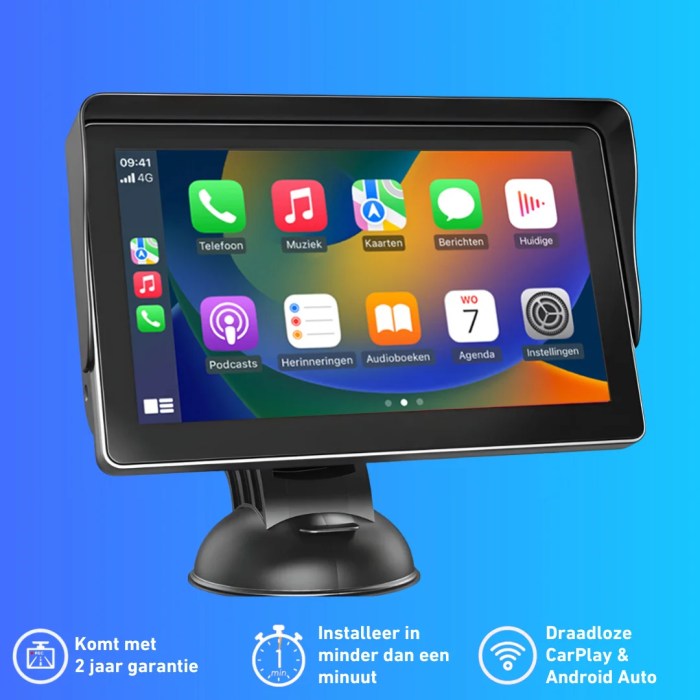In the rapidly evolving landscape of digital marketing, advertisers and businesses face the constant challenge of reaching their target audience effectively and efficiently. The rise of multiple platforms and channels has made it essential for marketers to develop a comprehensive cross-platform advertising strategy. Search Engine Marketing (SEM) and Social Media Marketing (SMM) have emerged as two powerful pillars of modern advertising, and the intersection of these two domains holds immense potential for marketers. This article delves into the world of cross-platform advertising, exploring the integration of SEM and SMM to create cohesive and successful marketing campaigns.
1. Understanding SEM and SMM
What is Search Engine Marketing (SEM)? Search Engine Marketing (SEM) is a form of digital marketing that aims to increase a website’s visibility on search engine results pages (SERPs) through paid advertisements. The most common platform for SEM is Google Ads, where advertisers bid on keywords relevant to their products or services, and their ads appear when users search for those keywords.
What is Social Media Marketing (SMM)? Social Media Marketing (SMM) involves promoting products or services through social media platforms like Facebook, Twitter, Instagram, LinkedIn, and others. SMM leverages the power of engaging content, targeted advertising, and social interactions to attract and retain customers.
2. The Synergy of SEM and SMM
Expanding Reach and Visibility By combining SEM and SMM, marketers can ensure that their brand’s message reaches a broader audience. While SEM targets users actively searching for specific keywords, SMM enables brands to engage with users in their social media feeds, creating a holistic brand presence.
Complementary Keyword Research Keyword research is a crucial aspect of both SEM and SMM. Integrating the data from keyword research in both strategies allows marketers to optimize their campaigns more effectively. The insights from SMM can inform the selection of relevant keywords for SEM, and vice versa, leading to a more comprehensive keyword strategy.
3. Unified Messaging and Brand Consistency
Crafting a Cohesive Brand Story When SEM and SMM work in harmony, marketers can create a unified brand story that resonates across various platforms. Consistent messaging and branding reinforce the brand’s image, credibility, and authority in the eyes of the consumers.
Retargeting with Precision Cross-platform advertising enables better retargeting opportunities. If a user clicks on an SEM ad but doesn’t convert, the brand can retarget them through SMM with tailored content or special offers, reminding them of their initial interest.
4. Data-Driven Decision Making
Harnessing Data from Both Channels One of the significant advantages of cross-platform advertising is the wealth of data it generates. By combining data from SEM and SMM campaigns, marketers gain deeper insights into audience behavior, preferences, and the overall effectiveness of their marketing efforts.
A/B Testing for Optimal Performance A/B testing is an essential aspect of any marketing campaign. With cross-platform advertising, marketers can test various ad formats, creatives, and targeting options across SEM and SMM to identify the best-performing combination.
5. Maximizing ROI through Cost Efficiency
Budget Allocation Cross-platform advertising allows marketers to allocate their budgets more efficiently. For instance, if a particular keyword performs exceptionally well in SEM, marketers can complement it with SMM efforts to amplify its impact.
Leveraging Economies of Scale By combining SEM and SMM under a unified strategy, businesses can potentially negotiate better deals with platforms or advertising networks, taking advantage of economies of scale.
6. Overcoming Challenges
Attribution and Tracking Attributing conversions and determining the contribution of each platform can be challenging in cross-platform advertising. Implementing advanced tracking mechanisms and attribution models can help address this issue.
Platform-Specific Best Practices Each advertising platform comes with its own set of best practices. Marketers must stay updated with the latest trends and strategies for both SEM and SMM to achieve optimal results.
Conclusion
Cross-platform advertising, when strategically integrating Search Engine Marketing (SEM) and Social Media Marketing (SMM), unlocks a whole new level of marketing potential. The synergy between these two powerful channels enables marketers to expand their reach, maintain brand consistency, make data-driven decisions, and maximize return on investment. Embracing the intersection of SEM and SMM empowers businesses to thrive in the highly competitive digital landscape and connect with their audience in meaningful ways. As technology and consumer behavior continue to evolve, adopting a holistic cross-platform approach remains imperative for marketers seeking sustained success in the digital era.









